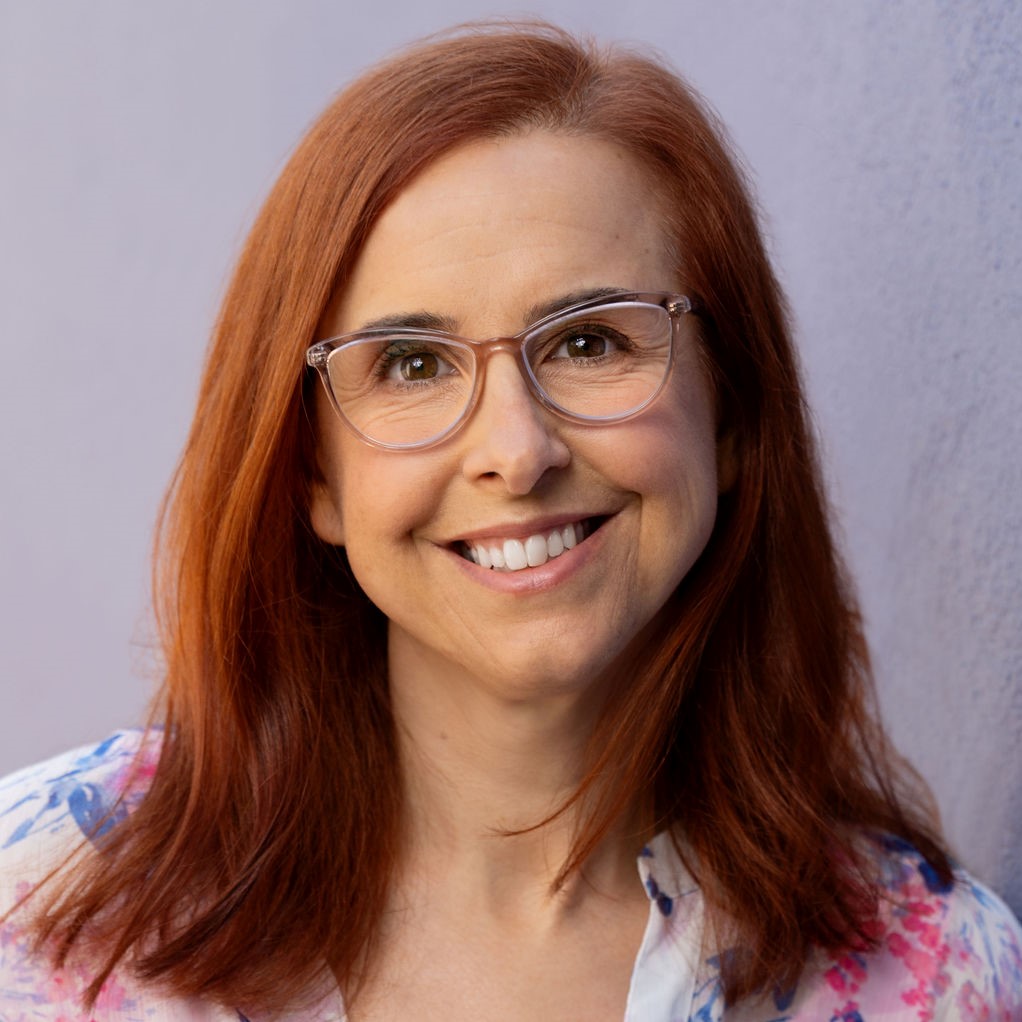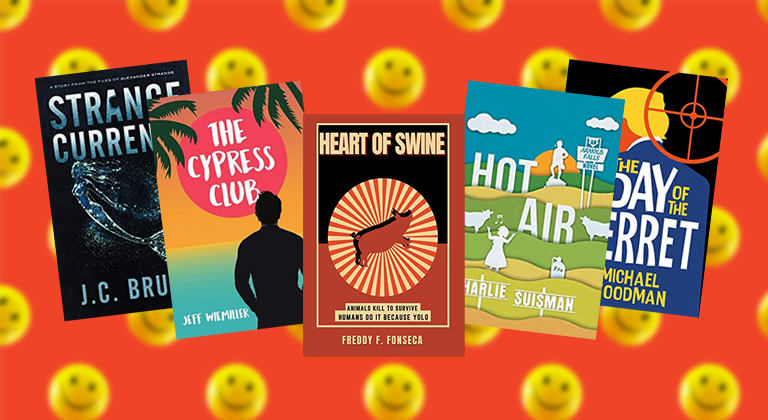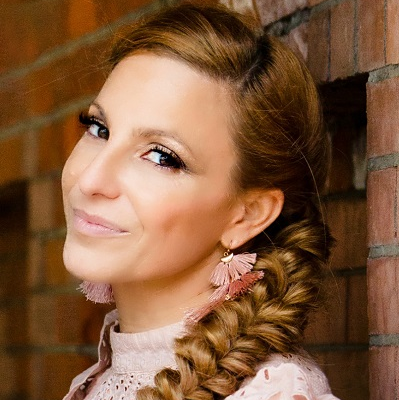How the writing career blueprint has changed
There’s no doubt that the self-publishing landscape has changed a lot in the last few years, and it will undoubtedly continue to evolve. When I first started publishing back in 2013 or so, the rapid release/high volume strategy was definitely the most reliable path to success, and that was without any sort of advertising at all. But as more books started to fill out the digital shelves, it became harder to get noticed. At that point many of us pivoted to using ads, which at first were wildly successful for very little spend, but as competition grew, so did ad prices even as their results became less impressive. Still, many self-published authors continue to earn a living with their writing, but simply having the ability to tell great stories isn’t enough anymore. As Ginger points out, you also need to be willing and able to not only formulate a plan for adapting to whatever new changes confront you, but have the fortitude to stick to that plan long enough to give it every chance of leading you to success.
Why do you write?
The answer to that question is not often as clear as some authors might think. Most writers self-publish their first book because they just want to get it out there – but after that, the decision to continue to write and publish becomes a decision about what it is you want to get out of your writing career.
Many self-published authors speak of wanting “to do this full time” or just “make a lot of money” – but what exactly does that look like? In the incredibly competitive, low-margin world of book sales, how do you go from self-published anonymity to paying your mortgage with your monthly royalty check?
The bad news is that that the vast majority of self-published authors will never achieve financial independence through their writing… but the good news is that there are a number who do, and there’s nothing stopping you from becoming one of them.
Amazon themselves have said that around 1,000 authors consistently make about $100,000 a year through self-publishing, and I believe in many cases the only thing that separates those who do from those who don’t is something as simple as a plan.
There are authors out there making five figures every month who lack the vision, originality, and talent that many other self-published authors have – even though those other ones are barely selling a handful of books during that same period. What the more successful writers have, however, is a plan and the commitment to stick to it – because the first thing you need to learn about turning writing into something “you can do full time” is that often the only difference is actually investing in it full-time.
But while there continues to be a clear-cut process for how to become a successful self-published author, it’s changed many times over the years; and what currently separates the bestsellers from the also-rans involves techniques and tactics that wouldn’t have paid off in the past.
So how has the plan for achieving self-publishing success changed during the past few years? And what do you need to keep in mind if you’re determined to turn your writing dreams into a tangible reality?
The Old Way of earning a sustainable income from writing
The great thing about publishing is that you can do the work once, but continue getting paid for it many, many times over. Every book you publish increases your bottom line because people continue to buy them for years afterward – and even if the books in your back-catalog only earn you a dollar a day, that’s still one more dollar you’re earning even in your sleep.
So, the old way of making a sustainable income was to just keep writing and publishing – and, to a certain extent, that continues to this day! Every new book you add to your catalog increases your passive income stream, and even if each book only earns $1 a day, you “only” have to write 300 of them before you’re earning six figures every year!
Ha! Of course, we know that writing 300 of anything is a long, time-consuming process, so this isn’t a sustainable business model for most self-published authors. The good news is, it doesn’t need to be.
Once you’ve learned the process of successful self-publishing, one goal can be to publish a new book that earns you a bunch of money in the weeks after release – enough to sustain you until you write the next one. In the meantime, each additional book bumps up your bottom line, so continuing to write and publish on a regular schedule is probably the most consistent way to earn a sustainable income from writing.
It’s how I ended up making up to $14,000 a month during the height of my self-publishing success in 2018 – each new book launch was aimed at overlapping the long tail of the previous book’s earnings. That meant my income looked something like this:

The problem is, of course, that this tactic relies on regularly releasing new books. In the last six months of 2018, I published seven novels – which meant I was writing more than one a month! This isn’t sustainable, and I quickly got burned out. The rapid release of novels DID support my bottom line (today, without advertising or releasing books, I earn about $1,000 in passive income from my back catalog) but it was too much work to continue for the long-term.
Fortunately or unfortunately – depending on how quickly you write – the rapid-release tactic also began losing effectiveness in the first half of 2019, as Amazon started adding more and more “sponsored content” (i.e. ads) onto the product pages of books. By pushing the Also Bought section from the top of the page to the bottom, my usual release strategy saw an almost immediate 75% plunge in royalties; meaning a new tactic was needed.
The New Way of earning a sustainable income from writing
If one thing has become clear, it’s that the ‘new normal’ of an Amazon product page stuffed with ads is here to stay – and most authors have experienced the impact of that first-hand. In general, even a rapid-release strategy isn’t enough to make a sustainable income from publishing anymore, and unless you have some kind of advertising in place, your books are practically invisible on Amazon.
However, this has offered a new opportunity for many authors – as it means you don’t need to rely on a rapid-release strategy to be able to continue earning a sustainable income. In fact, as long as you have a fairly robust back catalog of books, advertising offers the tempting possibility of being able to write new books at your own pace.
If you’re an author with a decent back-catalog and you have the time, determination, and budget to develop an advertising campaign that provides a positive return on investment, you’re closer to being able to earn a sustainable income from writing than ever before.
However, advertising isn’t as easy as a lot of people think it is – and I have decades of agency experience, so take my word for it. While you can learn everything you think you need to from courses and books, actually putting this knowledge into action will involve a lot of experimentation, tweaking, analyzing, and grit.
We writers are natural overthinkers, and there’s nothing that coaxes more of that out of us than advertising. It’s very easy to look at a single ad’s performance over the course of a day and think “I’m going to lose my house!” Or perhaps worse, we throw money at a poorly performing ad because we’ve forgotten that the definition of insanity is doing the same thing again and again expecting different results.
But at the same time, Facebook, BookBub, and Advertising on Amazon are improving their results for authors each and every day – so if you can actually figure advertising out, you don’t need to worry about releasing books rapidly – you just need to figure out how to pay for your ads!
The 60-day Cliff
Like many authors who have started to become successful, my biggest challenge isn’t writing books that sell or developing ads that perform – it’s paying for them.
If you drive traffic to your books on Amazon, you might see some very healthy returns on Book Report – but it won’t be until 60-days after months’ end before they actually send you the money.
For me, at least, this creates the eternal challenge of paying the bills with your Amazon royalties each month, or reinvesting that money so you can receive even more of it back 60 days after the end of the month. Normally, groceries and mortgage take precedence.
And this is why a PLAN is so important. If you don’t have a huge amount of spare cash lying about, you need to start to make a plan and a commitment to use what you do have wisely.
Some people swear by the 30% rule – which is that a minimum of 30% of your Amazon royalties should be reinvested back into advertising – while others believe that you should kick-start your advertising by reinvesting all of your income into it for the first few months. Whether this is realistic or not depends on your circumstances – but if you can figure out how to develop ads that provide a positive return on investment, it is the first step towards generating an income from books you’ve already written.
Let me demonstrate.
Currently, I get about a 70% return on my advertising – which means for every $1 I spend on advertising, I receive about $1.70 in royalties. This isn’t massively impressive compared to other authors I know, but the good news is that it doesn’t need to be!
I mentioned before that I receive about $1,000 a month from my back-catalog of books without spending anything on advertising. If I took all of that and reinvested it into my ads – which provide a 70% return on investment – I would hopefully net about $1,700 in book sales as a result.
60 days after month’s end, when I finally receive that money, I can invest it all back into advertising and it will hopefully generate $2,890 in book sales. That goes on to become $4,913 and so on, until you have a ‘machine’ that produces enough to pay for your advertising and pay you a living wage.
Of course, to achieve this you’ll need to constantly monitor and tweak your ads, and figure out ways to scale them up which actually work – but at this point, it becomes more about solving math problems than having to create something new, powerful, and dramatic (which you would have to if you were releasing a book a month.)
That was how I got started – investing all of my royalties to ‘kick start’ my advertising. However, I had a few months of losses before I got there, and while my wife wasn’t too happy with me paying to feed Jeff Bezos’s cat (or whatever he spends his billions on) than take her out for date night, eventually it paid off.
But it took that plan – the simple commitment to reinvest my income until it became a self-sustaining machine – before my dreams of making a living from writing in this new era actually paid off.
That’s a commitment you’ll have to make too – but I promise you, it can be worth it.
Conclusion
Going from the ‘old’ way of making a living from writing to the ‘new’ way was a very rough transition for me – involving late nights, lots of arguments, and eating Ramen noodles more than I’d care to admit. However, it doesn’t need to be for you. If you think you’ve got the grit to commit to your writing career, reach out to us to discuss a 1-to-1 consult call so we can give you personalized, actionable advice on how to develop a profitable advertising strategy for your books.










